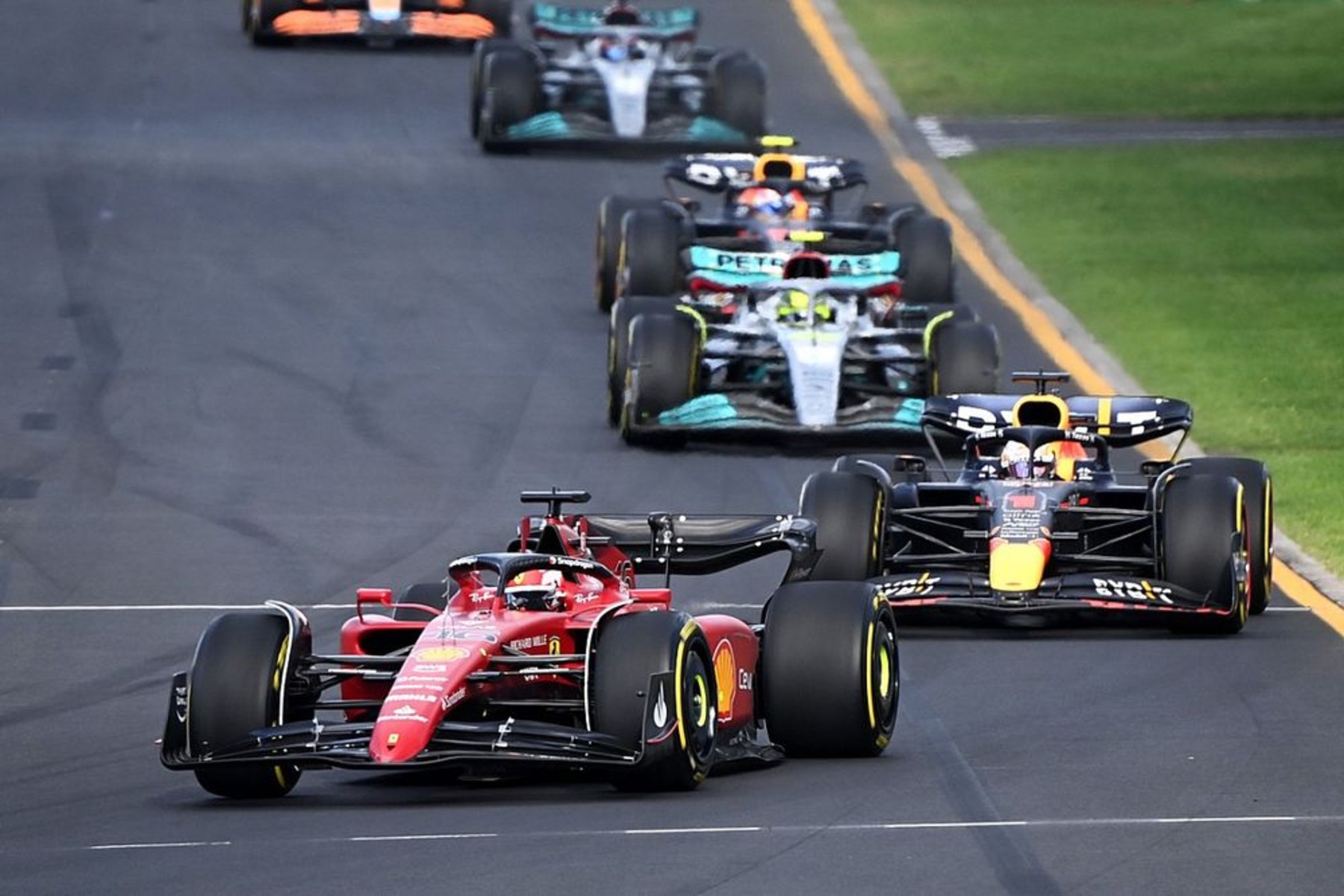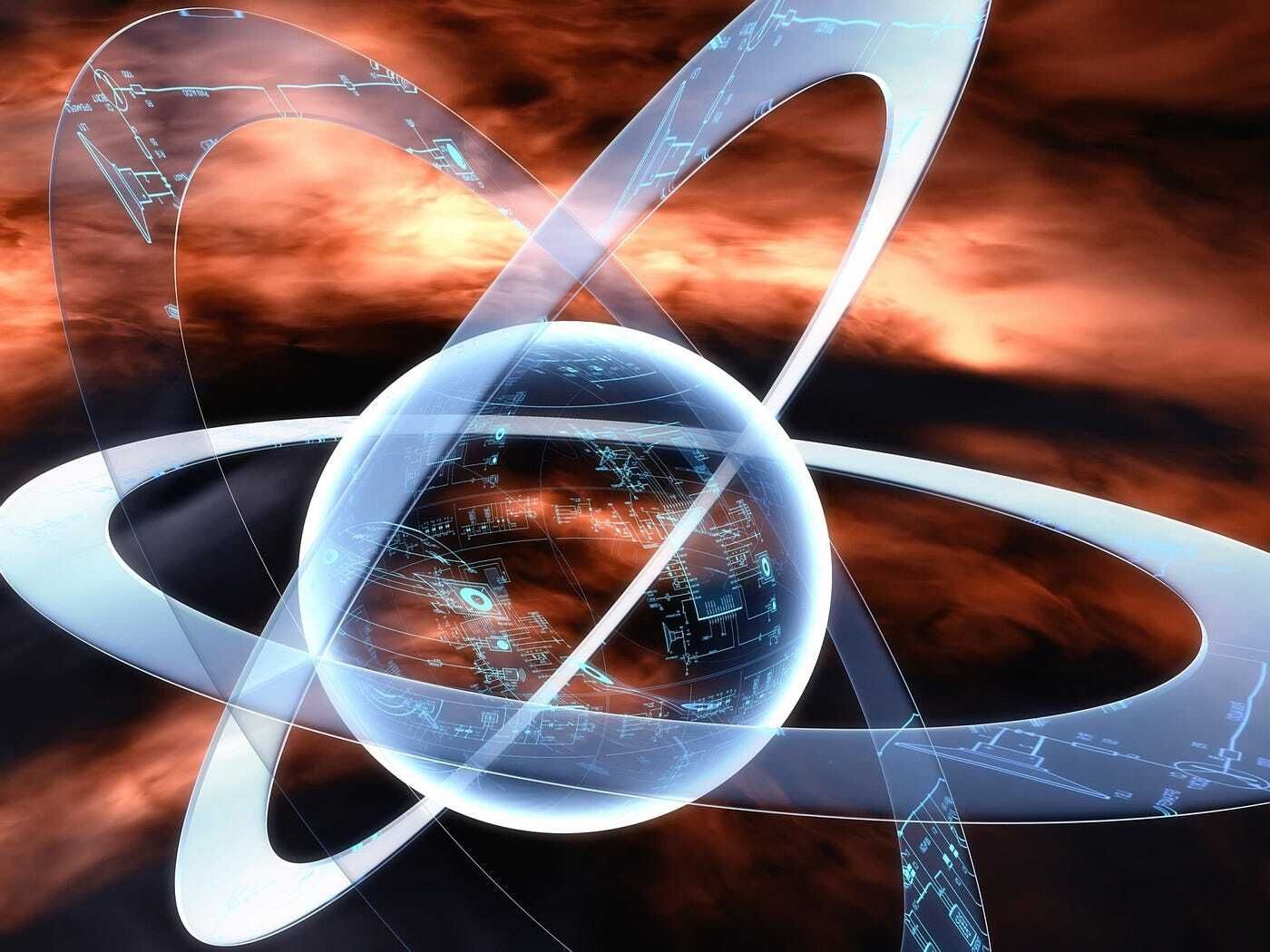
Are you a fan of adrenaline-pumping speed and exhilarating competition? If so, you’re probably familiar with the thrilling world of Grand Prix motor racing. Grand Prix events are the pinnacle of motorsport, attracting millions of spectators and captivating viewers across the globe. From the iconic Monaco Grand Prix to the high-speed circuits of Silverstone and Monza, these races showcase the ultimate test of skill, strategy, and determination.
In this article, we will explore 15 fascinating facts about Grand Prix motor racing. From the history and evolution of the sport to the legendary drivers and iconic races, we’ll delve into the captivating details that make Grand Prix racing so compelling. So buckle up and get ready for an exhilarating ride through the world of high-speed competition!
Key Takeaways:
- Grand Prix races have been thrilling fans for over a century, with iconic races like the Monaco Grand Prix and the Italian Grand Prix showcasing top-notch technology and legendary champions.
- From the first race in 1906 to today’s high-speed action, Grand Prix racing offers something for everyone, attracting millions of spectators and contributing to local economies worldwide.
The first recorded Grand Prix race took place in 1906.
In 1906, the first ever Grand Prix race was held in France, marking the beginning of this prestigious motorsport event.
Grand Prix races are held on various types of race tracks.
From street circuits to permanent tracks, Grand Prix races are organized on a variety of surfaces, offering unique challenges to the drivers.
The Monaco Grand Prix is one of the most iconic races.
The Monaco Grand Prix is known for its glamorous setting and challenging street circuit, making it a favorite among drivers and fans.
Grand Prix races showcase top-notch engineering and technology.
Teams invest heavily in research and development to build state-of-the-art cars that can withstand the rigorous demands of Grand Prix racing.
The Italian Grand Prix is the oldest race on the Formula One calendar.
First held in 1921, the Italian Grand Prix has a rich history and is considered one of the most prestigious races in the world.
Grand Prix races attract millions of spectators worldwide.
With their high-speed action and intense competition, Grand Prix races draw massive crowds who come to witness the excitement firsthand.
The Grand Prix World Championship is awarded to the driver with the most points.
Throughout the season, drivers accumulate points based on their finishing positions, with the ultimate goal of being crowned the World Champion.
Grand Prix cars can reach speeds of over 200 mph.
These powerful machines are capable of reaching incredible speeds, pushing the limits of both the cars and the drivers.
Safety is a top priority in Grand Prix racing.
Stringent safety measures are in place to protect the drivers, including advanced safety systems, track barriers, and strict regulations.
The Grand Prix of Monaco has the slowest average speed of any Formula One race.
The narrow and winding streets of Monaco make it one of the slowest and most challenging races on the calendar.
Grand Prix races require precision teamwork.
Teams consist of drivers, engineers, mechanics, strategists, and support staff working together to achieve success on the race track.
The Japanese Grand Prix is often affected by typhoons.
The Japanese Grand Prix, held at the Suzuka Circuit, has often faced disruptions due to the unpredictable nature of typhoons in the region.
Grand Prix races contribute to local economies.
Host cities benefit from increased tourism, hotel bookings, and spending by fans attending the races, providing an economic boost.
The Singapore Grand Prix is the only night race on the Formula One calendar.
The stunning night-time spectacle of the Singapore Grand Prix adds an extra level of excitement and challenge to the race.
Grand Prix races have produced legendary champions.
From Juan Manuel Fangio and Ayrton Senna to Michael Schumacher and Lewis Hamilton, Grand Prix racing has seen some of the greatest drivers in history.
As you can see, Grand Prix racing is a thrilling and dynamic motorsport that has captivated audiences for over a century. With its rich history, iconic races, and cutting-edge technology, it continues to push the boundaries of speed and excitement. Whether you’re a fan of the Monaco Grand Prix or the Italian Grand Prix, the world of Grand Prix racing offers something for everyone. So buckle up and get ready for the adrenaline-fueled action of the 15 Facts About Grand Prix (Motor Racing).
Conclusion
In conclusion, Grand Prix motor racing is an exhilarating sport that has captivated audiences around the world for decades. From its origins in the early 20th century to its modern-day global presence, Grand Prix racing is a thrilling blend of speed, skill, and engineering excellence.The 15 facts about Grand Prix racing presented in this article highlight the rich history and fascinating aspects of this sport. From legendary drivers to iconic race tracks, the Grand Prix has produced countless memorable moments and sheer excitement for fans.Whether you’re a die-hard fan or new to the world of motor racing, exploring the world of Grand Prix racing is a journey that promises to unveil thrilling races, cutting-edge technology, and exceptional talent.
FAQs
1. How did Grand Prix racing originate?
Grand Prix racing originated in France in the early 20th century as a way to showcase automotive engineering and gather public attention for automakers.
2. What is the average speed in a Grand Prix race?
The average speed in a Grand Prix race varies depending on the track and conditions, but it can range from around 110 mph to over 220 mph.
3. Who are some of the most successful drivers in Grand Prix history?
Some of the most successful drivers in Grand Prix history include Michael Schumacher, Lewis Hamilton, Ayrton Senna, and Juan Manuel Fangio.
4. How many races are there in a Grand Prix season?
The number of races in a Grand Prix season can vary, but typically there are around 20 races held in different countries around the world.
5. What are some famous Grand Prix circuits?
Iconic Grand Prix circuits include Monaco’s Circuit de Monaco, Silverstone in the UK, Spa-Francorchamps in Belgium, and Suzuka in Japan.
If you're fascinated by the thrilling world of racing, don't miss our other captivating articles. Discover the zany antics and wacky vehicles in our piece on Zilly Wacky Races, where creativity knows no bounds on the race track. For a deep dive into America's favorite motorsport, check out our article on Nascar, which explores the rich history and intense competition of auto racing. And if you're curious about the broader realm of motorsport, our comprehensive article covers everything from rallying to motorcycle racing, showcasing the diverse and exhilarating world of high-speed competition.
Was this page helpful?
Our commitment to delivering trustworthy and engaging content is at the heart of what we do. Each fact on our site is contributed by real users like you, bringing a wealth of diverse insights and information. To ensure the highest standards of accuracy and reliability, our dedicated editors meticulously review each submission. This process guarantees that the facts we share are not only fascinating but also credible. Trust in our commitment to quality and authenticity as you explore and learn with us.


